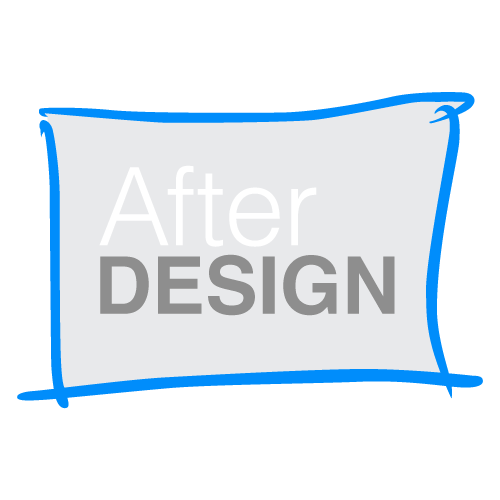In a world increasingly influenced by aesthetics and user experience, the role of a designer is paramount. Yet, the harsh reality is that design jobs are at risk of being eliminated at companies that don’t truly value design. Here’s why it’s crucial for designers to find the right employer and how to identify one:
The Importance of Finding the Right Fit:
-
Job Security:
- Automation and standardization are transforming various industries, including design. Companies with a shallow appreciation for design may see it as expendable. Look for studies on automation replacing human tasks, and you’ll find insights into how this trend might affect the design profession.
- In contrast, organizations that value design’s strategic importance will invest in their teams. A case in point might be Apple, which has a strong focus on design at its core. Research how companies with a design-first approach are faring in today’s market.
-
Professional Growth:
- Companies valuing design will create environments where creativity and innovation thrive. Look into businesses known for their innovative cultures, like IDEO or Google, to see how they nurture their design talents.
- In these nurturing spaces, designers are encouraged to experiment and grow, contributing not just to their personal development but to the broader industry’s evolution. Examples of employee development programs at top design firms would highlight this point.
-
Impactful Work:
- Design isn’t about superficial appeal. It’s a complex problem-solving tool that enhances user experiences. The story of Airbnb’s turnaround through improved user experience design is a testament to this aspect. Airbnb is one of many recent companies that were founded by designers.
- Being part of a company that appreciates this depth ensures a designer’s work is influential and rewarding. Consider the influence of design in Tesla’s product line; it’s not just aesthetics but an entire user experience that drives their success.
How to Identify a Company That Values Design:
-
Examine Products/Services:
- Quality and consistency in design reflect a company’s investment in design expertise. Look at companies like Microsoft, evolving their design language over the years for inspiration. As crazy as it sounds for anyone who was a regular Microsoft user back in the ’90s, but Microsoft has turned into a company that puts a lot of value in design. Just look at its Fluent design system to see what the tech giant is doing today.
- A well-crafted product doesn’t only look good; it performs seamlessly, enhancing the user’s experience. Companies such as Dyson show this dedication to design in their product line.
-
Analyze Team Structure:
- Design leadership signals that design is integral to the company’s DNA. Organizations like IBM with well-defined design roles exemplify this.
- Does the company have a Chief Design Officer, or a Creative lead that sits high in the org chart?
- The presence of a design hierarchy, with clear progression paths, shows that design isn’t an afterthought. Research companies that have clearly outlined design departments.
-
Check the CMO’s Background:
- A CMO with experience in content or brand strategy often leads to synergy between marketing and design. Again, having people with design appreciation in the c-suite is a great sign.
- This collaboration enhances the overall brand strategy, making it more robust and holistic. Investigate companies that have a cohesive collaboration between these departments.
-
Observe Public Engagement:
- Look into companies that actively engage with design communities. Adobe, for instance, often leads and participates in design conferences and events. I’ve haven’t had the chance to attend Adobe MAX, but I’ve heard great things.
- This active participation demonstrates a commitment to ongoing learning and contribution to the field. Explore examples of corporations that support or sponsor design events.
-
Research and Ask:
- Doing your homework by researching online and asking current or former employees demonstrates commitment. LinkedIn or Glassdoor reviews might offer insights into company culture.
- Direct inquiries during interviews show that you’re looking for more than just a job, but alignment with a design-respecting organization. Seek testimonials or articles that detail successful matches between designers and companies that share their values.
I’ve worked for companies that put a high priority on design. And I’ve worked for companies that just see design as the “coloring department.” There’s no question which company is better to work for. It’s also easy to see which ones will cut design teams as soon as possible.
Also, keep an eye on executive changes. If a new CEO, CMO, or head of product comes in and doesn’t see the value of design, s/he will make some changes.
In these shifting times, where design’s importance contrasts with the threat of redundancy, the right alignment can spell a thriving career. By being diligent, designers can find employers that not only secure their roles but truly value their contributions.



